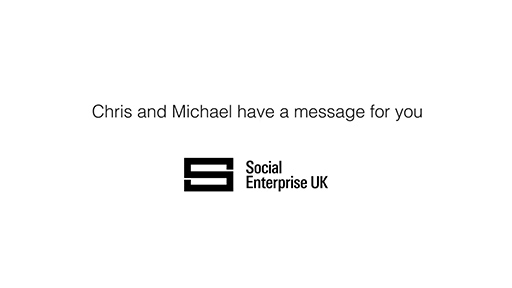4 Charity vs social enterprise
The following three rules, adapted from How Charities Work (no date), can be used to define a charity:
- A charity’s aims have to fall into categories that the law says are charitable. These are things like preventing or relieving poverty, or advancing the arts, culture, heritage or science.
- It has to be established exclusively for what is known as public benefit. That means its only purpose must be charitable.
- Any profits charities make must be applied to achieving their charitable aims. A charity can’t have owners or shareholders who benefit from it.

In contrast, a social enterprise:
- has greater freedom to undertake political lobbying
- can have very worthy aims that are not charitable, e.g. using the arts to help people become more emotionally resilient, or creating a workshop that employs ex-offenders
- must generate more than 50% of its income through trade, reinvesting the profits back into the business or the community that it serves.
In Activity 4, you’ll have an opportunity to research social enterprises to give you a better understanding of what they are and do.
Activity _unit8.5.1 Activity 4 Examples of social enterprises
You can probably come up with a list of well-known charities, but can you identify some big name social enterprises?
Do some research and list your examples in the box below.
Discussion
You could have chosen examples including The Big Issue, the Eden Project, Cafédirect or Divine Chocolate.
If you’re still unsure what a social enterprise is, watch actors Chris Addison and Michael Sheen explain it in this video from Social Enterprise UK.

Transcript: Video 3
[SHAKING]
[TEXT ON SCREEN: All figures correct as of 22 Febraury 2019. So there.]
[MUSIC PLAYING]
One of the legal structures that a social enterprise could use, combining the flexibility of a limited company with some built in restrictions on the use of profits and assets, is a community interest company, or CIC.
The following case study shows how a community interest company can work in real life.
Case study _unit8.5.1 Case Study 1 – Theatre for Life CIC
Adapted from the Gov.uk CIC blog [Tip: hold Ctrl and click a link to open it in a new tab. (Hide tip)] (Smith, 2018)
Theatre for Life CIC was set up by Artistic Director Michelle Smith to raise the aspirations of young people through live theatre. Through working as a Performing Arts teacher for several years, she witnessed firsthand how the arts can raise aspiration amongst young people, empowering them and building their confidence. She explains:
‘I have seen so many young people flourish within the arts. They are defying the odds and overcoming both economic and social barriers. These rewarding experiences, both as a teacher and youth theatre director, lead me to want to continue working with young people.’
As a social enterprise working to help the community, becoming a community interest company was a natural choice. Offering industry workshops to local performers earns the income needed to support their community initiatives. The aim is to improve accessibility to the arts while ensuring they can fund their free youth and community groups.
It’s interesting to see how commercial and community aspirations can work effectively alongside each other. Is there anything you can take away from Michelle’s experience that is relevant to your own situation?
Other possible structures are available for your creative business, but this week you have covered the more popular ones.
It is useful to note that the various options are not always mutually exclusive, and sometimes entrepreneurs and organisations use more than one structure. For example, a charity might have a subsidiary trading company or a commercial organisation might have a charitable arm.
You should also be aware that some of the funders outlined last week will have a preference for certain structures. For example, a commercial investor might be more likely to invest in a commercial company, and a trust or foundation will usually only give funds to a charity.
If you don’t think any of the business structures discussed this week are relevant to you there are others available. Most of the websites listed in Week 3 will provide further details on this topic if you want to explore further.
Whichever structure you choose, tax and insurance will be an important consideration in your business – and you’ll learn more about both of these in the next section.
